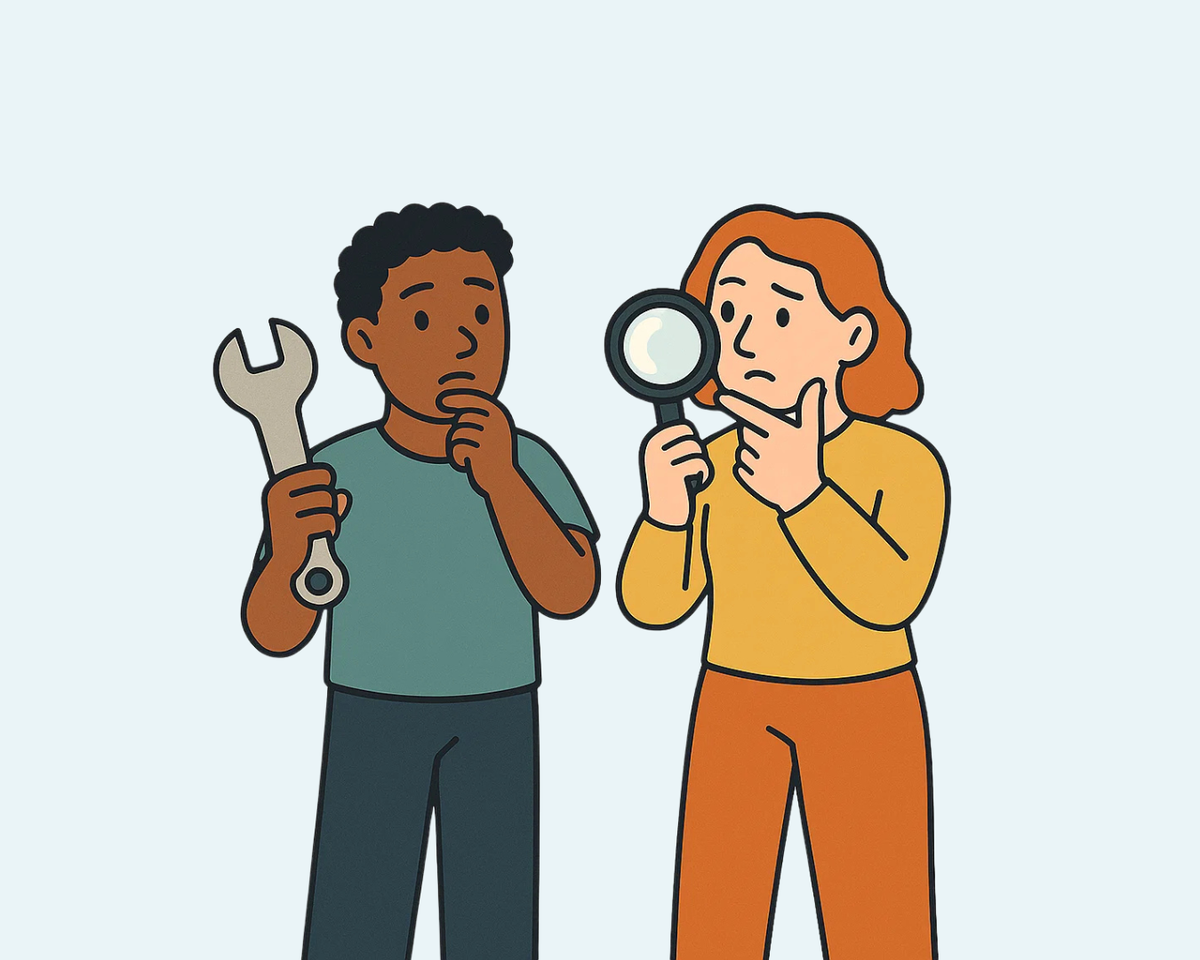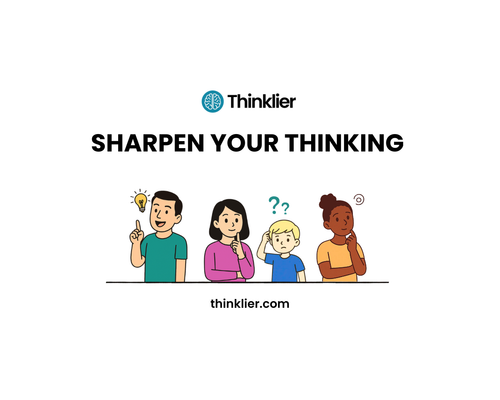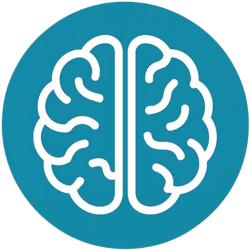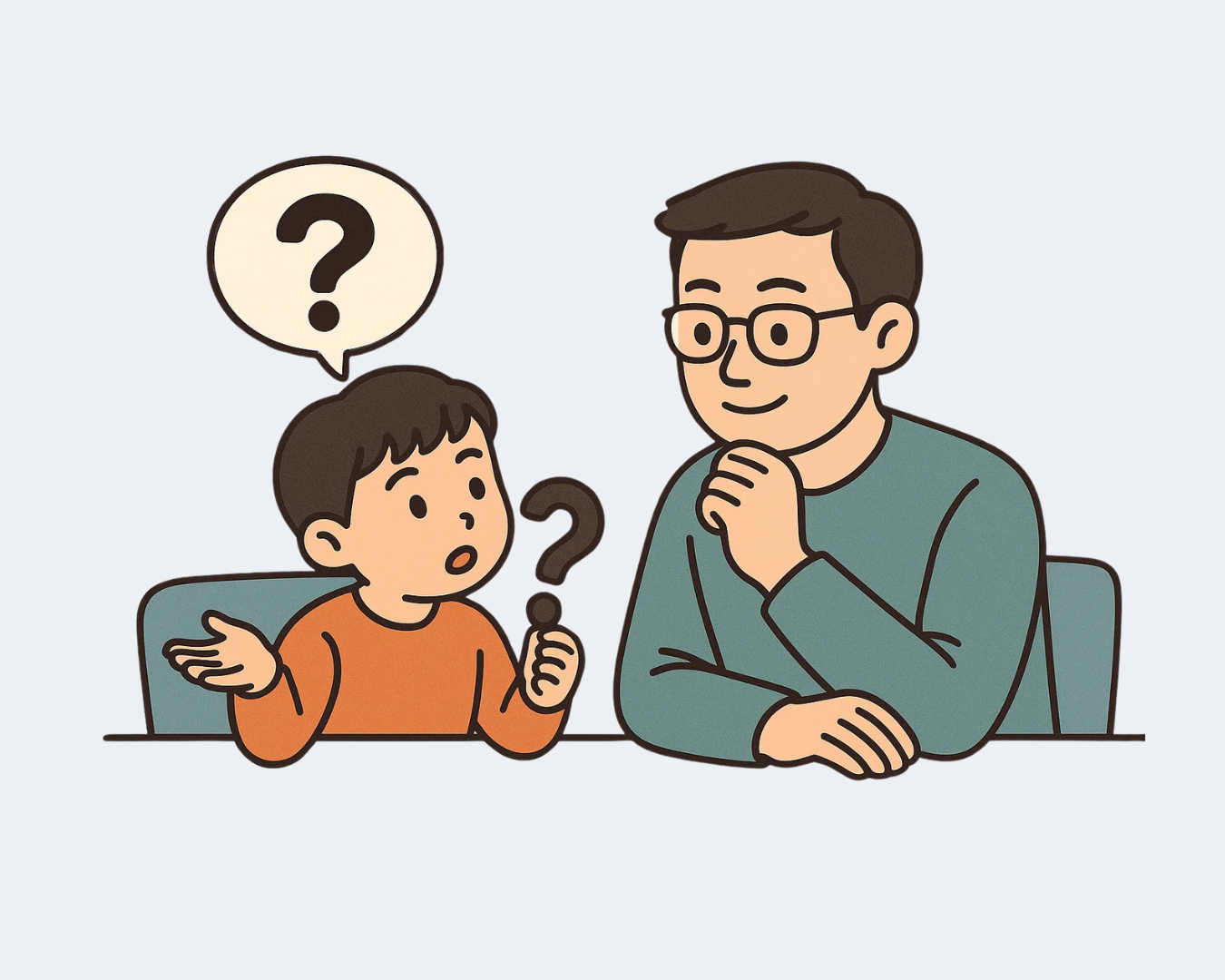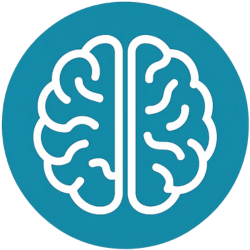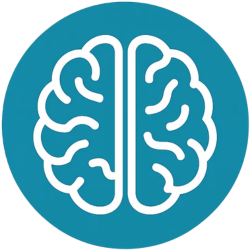“Think critically.”
It’s advice we give all the time — to students, to children, to ourselves. But what does it actually mean?
Is it about being smart? About doubting everything? About arguing for the sake of it?
In truth, critical thinking isn’t complicated. And once you strip away the jargon, it’s one of the most empowering skills we can learn — or teach.
A plain-English definition
Critical thinking means not just believing the first thing you hear.
It’s the habit of slowing down before you react, asking questions before you decide, and thinking clearly even when emotions, noise, or pressure try to take over.
It’s not about being negative. It’s not about being clever. And it’s definitely not about showing off.
At heart, it’s about choosing what to believe — on purpose.
What it looks like in real life
Say a friend tells you something outrageous they saw on TikTok. Instead of accepting it instantly — or rolling your eyes and dismissing it — you pause. You check if it’s true. You think it through.
Or you see a headline designed to make you angry. A critical thinker doesn’t just react. They ask: “Why is this written this way? Who benefits if I believe it?”
It’s not about being a sceptic for sport. It’s about developing the reflex to think before you absorb — and to ask better questions before drawing conclusions.
Why it matters more than ever
In a world flooded with information, attention-grabbing headlines, and social pressure to pick sides, critical thinking isn’t just a nice skill — it’s a necessary one.
Without it, we fall into mental shortcuts. We trust confidence over evidence. We mistake repetition for truth.
With it, we’re less likely to be manipulated — and more likely to make decisions we can stand by.
That’s why we created the Thinking Toolkit — a free 10-part course to help teens and adults develop clearer habits of thought. No lectures. No fluff. Just the tools to start thinking for yourself.
Want to help a child think more clearly?
Kids already ask “Why?” all the time. That spark is the beginning of critical thinking — it just needs guiding, not shutting down.
In our post on how to teach critical thinking to a child, we explore practical ways to turn everyday moments — dinner table debates, homework questions, even YouTube rabbit holes — into tools for lifelong learning.
In short
Critical thinking isn’t a trick.
It’s not something you either have or don’t.
It’s a way of approaching the world with curiosity, clarity, and care.
It means:
- Asking good questions
- Thinking before reacting
- Checking your sources
- Being open to changing your mind
And like any habit, it gets stronger the more you use it.
FAQ
What’s the difference between critical thinking and being negative?
Being negative means dismissing everything by default. Critical thinking means staying open — but also cautious — and weighing things fairly before deciding.
Is critical thinking just for smart people?
Not at all. It’s a mindset, not a measure of intelligence. Anyone can learn it, practise it, and improve at it — starting with a simple habit: pause, then question.
Can kids really learn to think critically?
Absolutely. In fact, they’re often better at it than adults — because they haven’t yet learned to pretend they know everything. All they need is permission to ask, and a little structure to grow.
Further reading
Why Don’t Students Like School? by Daniel T. Willingham
Explores how the brain learns — and why thinking takes effort but pays off.
Thinking, Fast and Slow by Daniel Kahneman
A classic on how the brain uses shortcuts — and how to catch your own lazy thinking.
How to Read a Book by Mortimer J. Adler and Charles Van Doren
A surprisingly fun deep dive into real learning — not just surface reading.
The Demon-Haunted World by Carl Sagan
A powerful defence of skepticism, science, and the beauty of asking questions.
Raising a child who thinks for themselves? Start here.
A free 10-part course to help you raise curious, independent thinkers — with calmer conversations, sharper questions, and habits that grow with your child.
The Thinking Parent is a practical, no-fluff guide for parents and educators who want to raise minds that think, not just follow. Each lesson includes a short explainer, a challenge to try, and a workbook page to apply it.
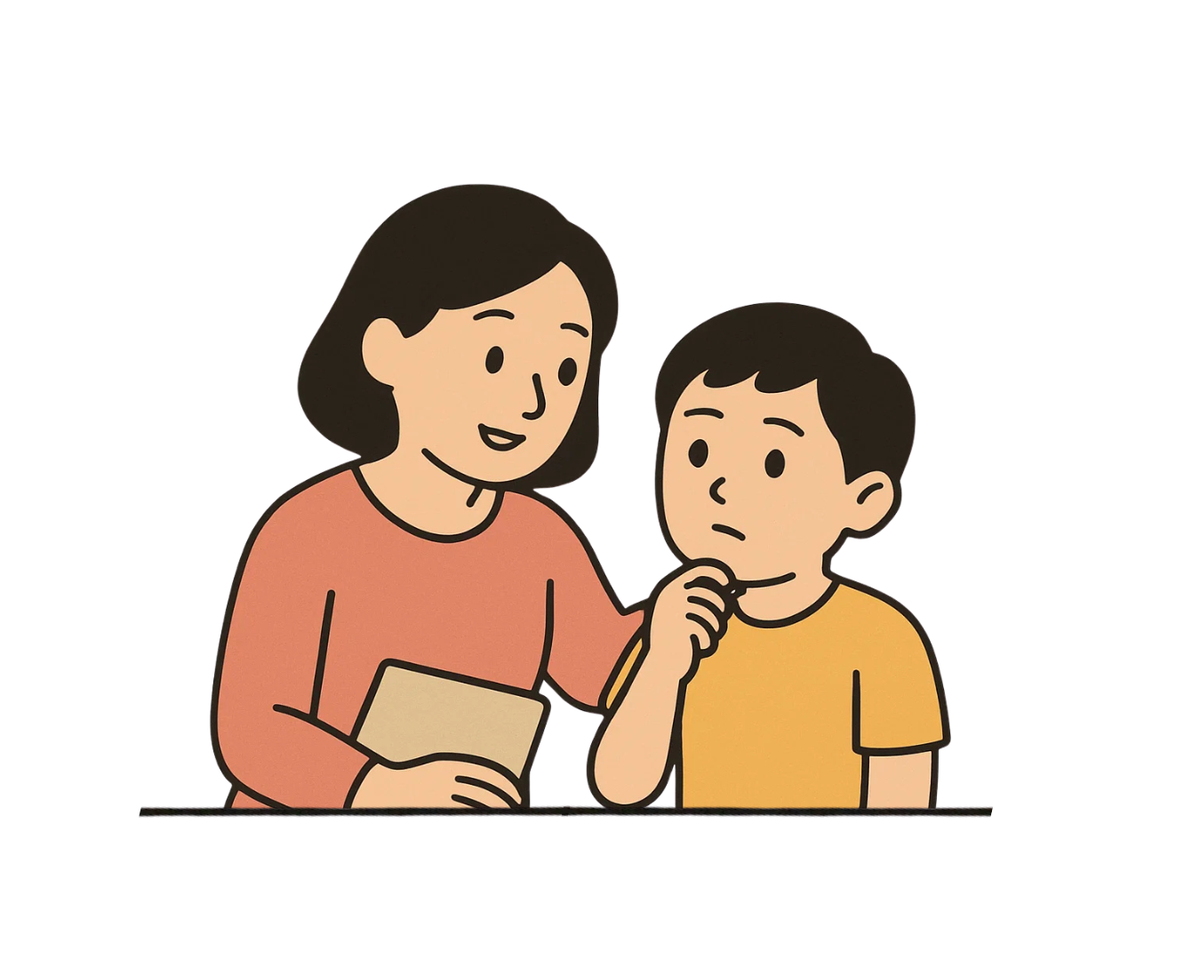
You might also like...
